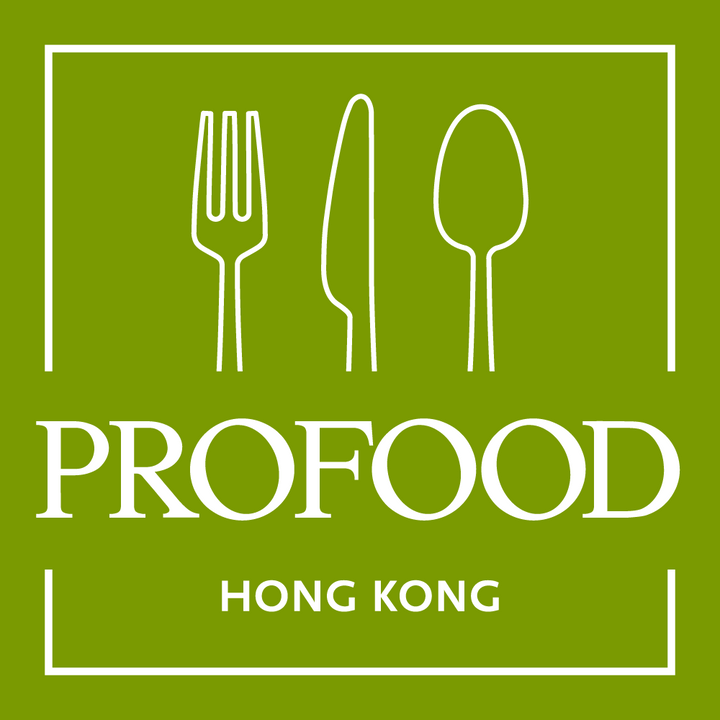
Sprinkled onto salad leaves, as a dip for warm crusty bread or as a glaze to liven up roasted vegetables, balsamic vinegar, with its tangy-yet-sweet flavour, has become a kitchen staple in homes across the world. But there’s more to this now-ubiquitous condiment than you might at first realise. Here, we take a look at everything you need to know about how to choose the best balsamic vinegar.
As with its close cousin wine, balsamic vinegar is made from grapes – Trebbiano and Lambrusco grapes, to be precise. After harvesting, the grapes are cooked down into a “must” (a highly concentrated reduction) before slowly fermenting over a minimum of 12 years in wooden barrels – typically chestnut, cherry, ash, mulberry or juniper – in order to achieve the final product’s trademark flavour and viscosity.



Traditional balsamic vinegar contains nothing more than the all-natural ingredients of grape must and vinegar – with no extra colouring, sugar, caramel or thickener added. Another useful hint as to authenticity is colour, which should be a deep reddish-brown, never black.
For Traditional Balsamic Vinegar to be considered truly authentic, it must hail from one of just two Italian consortia – Modena or Reggio-Emilia. Look for either I.G.P. or D.O.P. on the label; the former, also known as the protected geographical indication, denotes that the product was at least partly manufactured at its place of origin and was matured for no less than 15 years, whilst the D.O.P (designation of origin) confirms that the vinegar was made in its entirety within the local area with a 25-year maturation.

Meanwhile, “Balsamic Condiment” is a similar product, but which may not have been aged for the same duration or been produced outside of the two designated consortia. Nevertheless, many of these products are still excellent choices in their own right – for example, our White Balsamic Condiment – giving all the flavour of a quality vinegar without the colour.
We’ve already drawn comparisons between balsamic vinegar and wine, but there are also some strong similarities between this earthy condiment and a fine whisky. Known as “travasi”, the grape must is transferred to wooden barrels to age; however, unlike the famous Scottish tipple, the vinegar is subject to a dynamic aging process, periodically being decanted into progressively smaller barrels as the maturation process advances. Over time, the vinegar retains slight hints of the wood used in the barrels, adding a wonderful depth of flavour.

Another notable point is how this unique aging process is labelled. Due to the continual decanting and refilling of the vinegar barrels, producers can never accurately assign an age to their vinegars; therefore the number on the label should denote the number of travasi the product has undertaken before bottling. An exception is the term “extra-vecchio”, which indicates a product that has been aged for a minimum of 25 years, regardless of travasi. Our 30-year “extra-vecchio” vinegar is a superb example of the aging process.
It’s fair to say that there’s a lot to remember when it comes to buying quality balsamic vinegar! This is why we chose to simplify the process for our customers by working solely with Acetaia Leonardi. Unlike many competitors who choose to buy cooked grape must ready-made from external suppliers, all of Leonardi’s “closed-farm” production steps take place on their own property – all the way from grape to bottle. While the company has grown over the years (they now work with a huge 15,000 barrels!), their processes remain timeless, with an unswerving focus on producing superior quality vinegar.



Kate Farr is a co-founding writer and editor at Editors' Ink HK, a blogger at Accidental Tai-Tai and a mum to two little boys. With a husband who's an enthusiastic amateur cook and two young sons with big appetites to feed, mealtimes play a central role in Kate's home life. Motto: "Diet? What diet?' Follow her on Instagram.
Comments will be approved before showing up.
It’s the most wonderful time of the year… if you love all things indulgent, that is! Christmas time is all about treating yourself and your loved ones, and we think that the way to...
A delicate and light appetiser with beautiful flavour combinations - the sweetness of the carrots, the juiciness of the tomatoes, and the texture...
Anchovies are a much-loved staple for many different reasons – for one, they add an instant punch of umami to the very plainest of dishes. However, I love...
Sign up to get the latest on sales, new releases and more …
